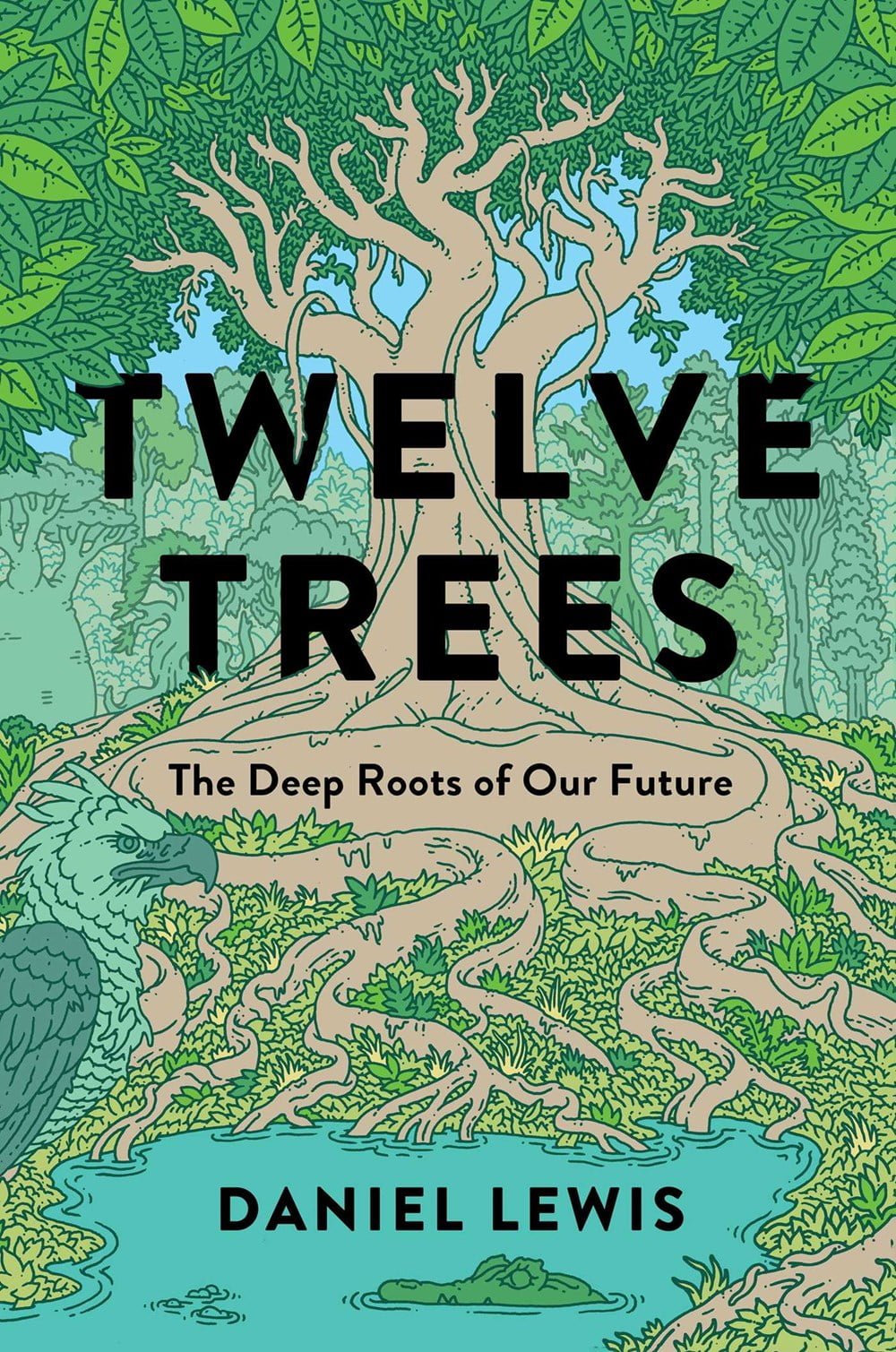An Enlightening Journey Through ‘Twelve Trees’
Written with boundless enthusiasm, Daniel Lewis’ book ‘Twelve Trees: The Deep Roots of Our Future’ offers extensive insights into the intricate ways humans and trees are interconnected. The book is a veritable wonderland filled with fascinating facts and presented in an engaging, often poetic style.

Fascinating Facts and Discoveries
Did you know that a mature redwood adds, on average, a ton of wood to its mass every year? Or that the Laboratory of Tree-Ring Research (LTRR), founded in Arizona in 1937, has over 100 tree ring labs worldwide? These facts underscore the vast and captivating details that Lewis explores in his book.
Experiential Memoir and Global Insights
Beyond being informative, ‘Twelve Trees’ doubles as an experiential memoir that takes readers on an awe-inspiring global tour. From California, where Lewis serves as the senior curator for the history of science and technology at The Huntington Library, to Easter Island, Central Africa, and Amazonian Peru, Lewis invites readers to explore a dozen trees that are crucial to human life—both past, present, and future.
Lewis highlights how trees richly populate our lives and sight lines. They record historical events through their rings, providing invaluable data for scientists to analyze and predict environmental changes. The bristlecone pine, for example, bears evidence of drought, flood, and fire, helping researchers understand historical climate patterns.
The Cultural and Ecological Importance of Trees
Trees also play critical roles in culture, health, and governance. In India, the sandalwood tree’s wood is essential in ceremonies, and its oil has supported millions through both folk and modern medicine. Lewis fervently advocates for the preservation and protection of these vital, leafy entities—eucalyptus, ebony, baobab, olive, among others—that enrich our lives and support our existence.
Daniel Lewis’ ‘Twelve Trees’ urges readers to appreciate the profound connection between humans and trees. He posits that the salvation of trees might indeed be the salvation of humans, emphasizing a crucial interdependence that should not be overlooked.

